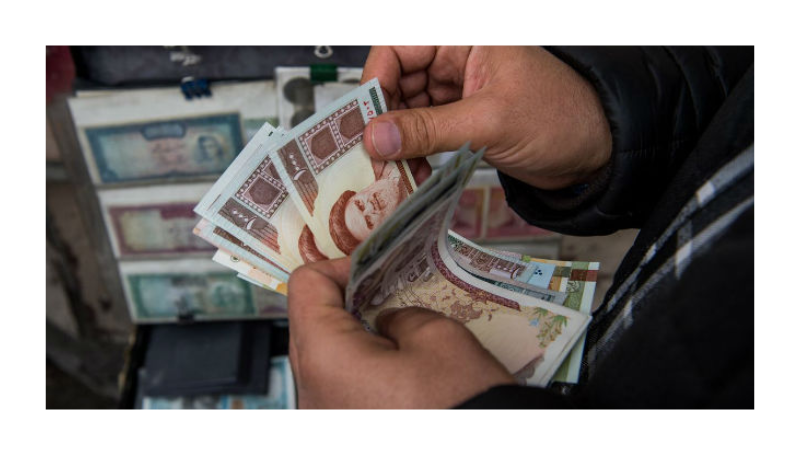Dalga Khatinoglu
Iran International, Mar. 21, 2025
“The economic crisis has pushed more Iranians into poverty.”
Iran began its new fiscal year on March 21 amid deepening economic and energy crises, with even officials of the Islamic Republic acknowledging that conditions are likely to worsen in the year ahead.
Meanwhile, the return of Donald Trump to the White House and the revival of the US administration’s maximum pressure policy have further tightened the noose on Iran’s economy.
While the Central Bank reported a year-on-year inflation rate of 45% last month, local media suggest that actual price increases are far higher. In reality, the cost of food, medicine, and other essential goods has nearly doubled.
Moreover, the fiscal year is ended with the US dollar surging to nearly 1 million Iranian rials, marking a 65% increase since the beginning of the past fiscal year. The depreciation of the rial has accelerated sharply in recent days.
At the same time, Central Bank data reveals that Iran’s foreign reserves have been rapidly depleting, plunging to just one-fourth of their level in March 2024 and a mere tenth of their March 2023 levels.
Iran’s foreign trade situation:
The latest figures from the Central Bank show that Iran’s foreign exchange revenue crisis persisted in the first half of the current fiscal year, which began on March 20, 2024. No data has yet been released for the second half of the year.
During this period, Iran recorded a positive overall trade balance of $11.5 billion, including oil, goods, and services. However, the country also experienced capital flight totaling $12.5 billion. …SOURCE


